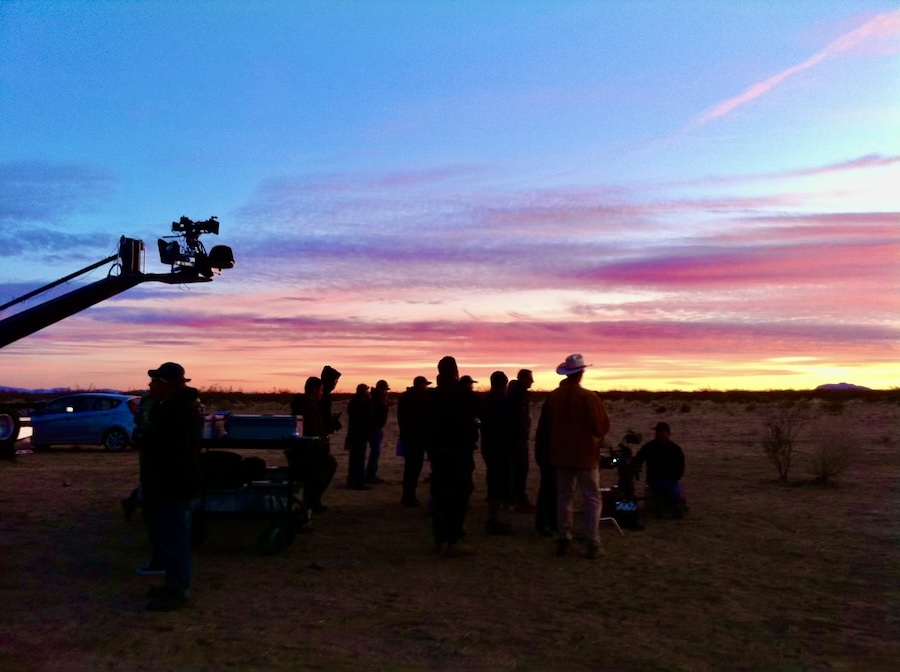
When most people think of U.S. movie business locales, they usually think of California or New York. A lesser number might say New Mexico because of the TV show “Breaking Bad” or Georgia, made famous by the Tyler Perry film universe. To this end, Arizona wouldn’t likely be in the top 10 list of answers to the question, “What are the top film states?”
Granted, casual film fans might be aware that scenes from “Jerry Maguire”, “Thelma and Louise” and “Return of The Jedi” were shot here in Arizona, but few likely know that 2021’s “Nomadland”—which won three Oscars, including Best Picture and a Best Actress win for Frances McDormand—was shot in Quartzite. Or that Sundance favorite “Jockey” was filmed at Turf Paradise and Rob Schneider’s “Daddy Daycare” was shot almost entirely in the Valley area.
This low level of Arizona film notoriety could change though, should a production incentive program passed by the state legislature in 2023 gain traction and help put our state on the film production map for reasons other than if you’re a director who only wants to shoot a Grand Canyon scene.
Local crew members, who’re used to traveling for months at a time to work on projects in more film-friendly states, are particularly optimistic about what the future of AZ film could become from this economic package.
“Despite having incredible film crew, talent, locations, and vendors in Arizona, the lack of incentives over the past 14 years has made it challenging to compete with other states and attract major projects. This program could be a big win for us,” says Kieran Thompson, a Tempe-based film and commercial director with a resume including projects for local NPR affiliate KJZZ and several short films.
Rachel Davidson, a Tucson-based owner of production insurance company Neil Benton Arts and Entertainment and former president of The Arizona Production Association, echoes Thompson’s enthusiasm while pointing out that making Arizona a movie powerhouse will take time.
“We talk to folks across the country daily, and it seems the majority of the film industry nationwide has caught wind that Arizona wants to fight for production,” says Davidson. “Production development can take months or years to land, so we have to be patient and know that the groundwork is being laid to drive more business here.”
The basic function of the program is that qualifying productions can have money refunded (up to 20% in some cases) based on budget size and the amount of funds spent locally in Arizona. Similar programs can be found in higher-profile film states, like Michigan, the Carolinas and, yes, Georgia and New Mexico.
Hopes are obviously high for what Arizona film could be. Should the vision of more movies being shot here become reality, we’re likely to see more film trucks, trailers and crew members in our neighborhoods, all working to add to the list of well-known projects shot over the years in our state.
